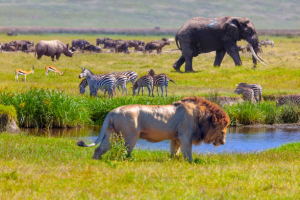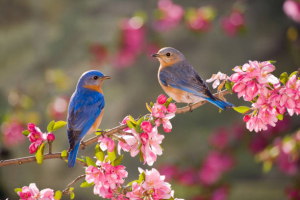Top 14 Questions About Insects Answered
Insects play an important part in the maintenance of life's frameworks. The bulk of the food we eat each day is the product of insect pollination. Insects, ... read more...like humans, play a crucial role in the food chain. You could be missing some information on these little critters. You may learn more about them by reading the list of the most frequently asked questions about insects and their answers below.
-
Insects are the most varied group of living animals on the planet. There are millions of them, accounting for more than 90% of all creatures on the planet. Insects may be found in practically every environment on the planet, with the greatest concentration in the tropics. Scientists are on a quest to count the number of bug species, but they have encountered several obstacles, making it a continuous effort. Currently, about 925,000 bug species have been recognized.
Insects are everywhere—there are more bugs in one square mile (approximately 2.6 square kilometers) of rural land than there are humans on the planet. There are 32 orders or categories of insects. Beetles (Coleoptera) are the biggest insect order, with 125 distinct families and roughly 500,000 different species. Of fact, one in every four species on the planet is a form of beetle. There are roughly 73,000 insect species in the United States, including around 24,000 beetles, 19,500 flies, 17,500 ants, bees, and wasps, and 11,500 moths and butterflies.
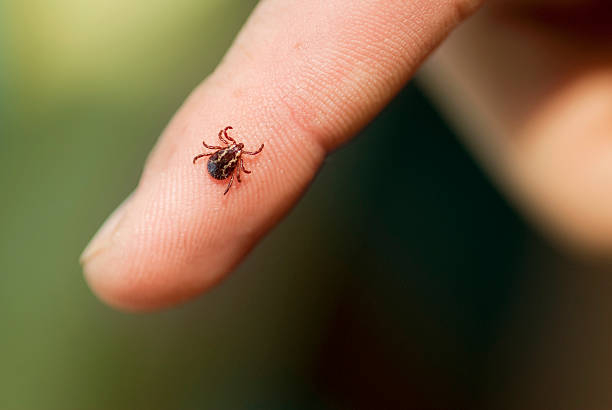
istockphoto https://www.youtube.com/watch?v=2ivZ6GSaK1M -
Insects develop through the process of metamorphosis, which means they change. Beetles, moths, butterflies, sawflies, wasps, ants, bees, and flies are among the insect groups that undergo full metamorphosis. All of these groupings begin their lives as eggs. The egg hatches into a larva, which eats, molts (shedding its skin), and becomes larger. The larva passes through an inactive pupa stage, such as being enveloped in a cocoon, before emerging as an adult insect, such as a butterfly or beetle, that looks nothing like the larva it previously was.
Other insect groups do not undergo full metamorphosis; instead, they undergo progressive changes as they mature. Scales, aphids, cicadas, leafhoppers, true bugs, grasshoppers, crickets, praying mantises, cockroaches, earwigs, and dragonflies are among them. Nymphs are the immature versions of these insects. The nymphs develop and change size gradually, losing skin along the way. The whole adult form emerges after a last molt.

istockphoto https://www.youtube.com/watch?v=tPSC8rIOCuk -
Butterflies and other insects move from one plant to the next to feed on the delicious nectar (and occasionally pollen) found within blooms. The sugar in nectar provides energy to insects, and pollen includes protein, fat, vitamins, and minerals. Many insects carry pollen, which clings to their bodies, from one plant's blossom to another while eating. Pollen, a thin powdery grain produced by a flower's male reproductive organ, must be transmitted to the female reproductive organ for fertilization and seed formation to occur.
Some butterflies transform in a week. Others require years to alter. The adult butterfly separates the chrysalis after the transformation is complete. The insect spreads its wings and injects blood and oxygen into them. It expands the wings out till they are dry and stiff. The lovely butterfly then flies out to get nectar from flowers. Most butterflies have a lifespan of about one or two weeks.
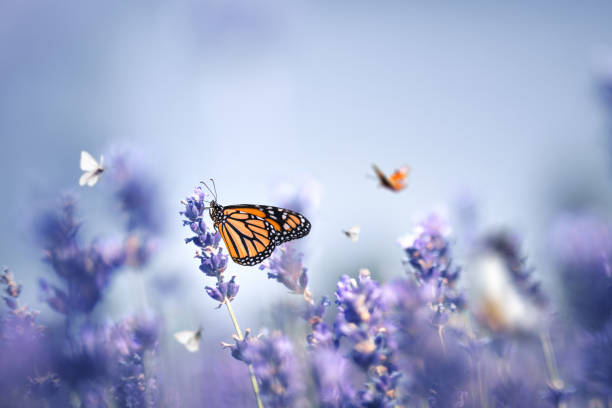
istockphoto https://www.youtube.com/watch?v=tEIS80v2vl0 -
The majority of mature insects, including bees and dragonflies, have two enormous compound eyes with distinct lenses. These eyes can have thousands of lenses. They all aim in various directions, giving the insect an extremely broad field of view. The lenses also assist the insect in seeing movement, allowing it to respond rapidly to grasp prey or flee danger. You may see this for yourself by attempting to swat a fly in your home—really it's tough to catch a flying creature!
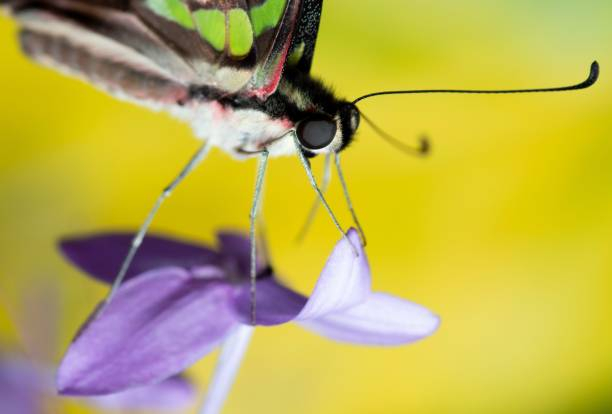
istockphoto https://www.youtube.com/watch?v=iBZgkGUD224 -
The wings of butterflies and moths may be breathtakingly beautiful. More importantly, some have colorful and intricate designs that protect them from hungry predators. Many butterfly and moth species have evolved what appear to be additional eyes. These unusual wing patterns, known as eyespots, fake eyes, or false eyespots, appear in a broad range of colors and sizes. Eyespots can be found on both adults and larvae and are frequently distinct from the rest of the animal's wing patterns. The eye-catching marks are typically circular in shape and composed of concentric rings of contrasting colors.
Patterns frequently evolve to aid animals in hiding from predators, although eyespots typically increase visibility. However, their prominence shows that they are effective; the feature would not have spread so extensively if it was detrimental to the insect. Instead of completely stopping an assault, eyespots can be used to distract predators. The patterns urge an assailant to target non-essential areas of the insect's body, such as the margins of the wings.
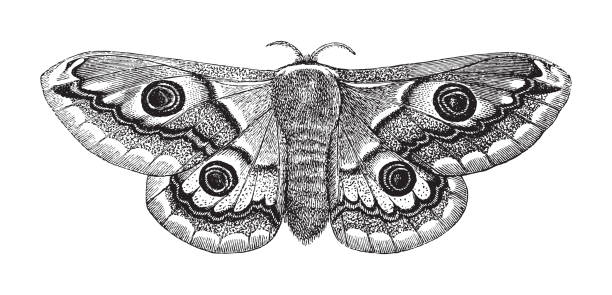
istockphoto https://www.youtube.com/watch?v=mDCetmUuwfc -
Yes. Ants are social insects that reside in colonies, or subterranean chambers, that may contain up to 500,000 individuals. Small tunnels connect ant chambers to one another and to the earth's surface. There are food storage areas, mating areas, and nurseries for the young. A queen lays eggs to replenish the colony with young ants. Legions of worker ants construct and maintain the colony by carrying soil in their mandibles (a pair of appendages near the insect's mouth) and depositing it near the colony's exit, making an ant hill.
While the majority of ant colonies are self-sufficient, Amazon ants, which are aggressive red ants located in the western United States, take other ants' larvae to hold as slaves. The slave ants construct dwellings and feed the Amazon ants, who can only battle. They rely entirely on their slaves for survival.
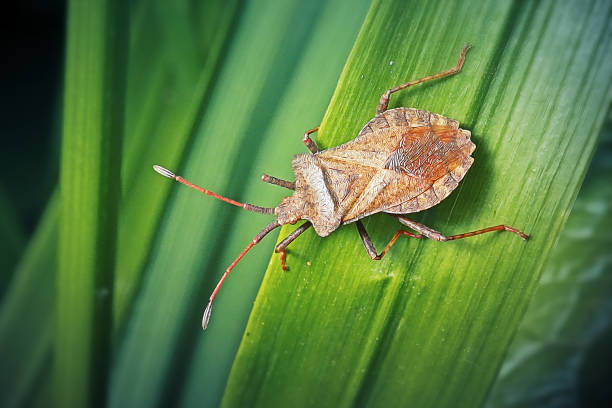
istockphoto https://www.youtube.com/watch?v=-M-NQvIoLUM -
That depends on your definition of the word largest. Pharnacia serritypes, which dwells in western Malaysia, is the longest bug. These insects may grow to be as long as 22 inches (56 cm)! They are linked to the walkingstick insect family. Walkingsticks got their moniker from the fact that they resemble sticks with legs. Walkingsticks may grow to be up to 13 inches (33 cm) long. Walkingsticks are found in over 3,000 tropical species, with 10 species found in North America. Megaphasma dentricus is the longest bug in the United States, measuring 7 inches (17.7 cm).
If you're looking for the biggest bug, consider the gigantic weta (Deinacrida heteracantha), an endangered insect that may weigh up to 2.5 ounces (71 g). Because of their size, these insects appear aggressive and frightening, although they are completely harmless. Another large bug is the acteon beetle (Megasoma acteon), which has a bulky appearance and may grow to be 3.5 inches (9 cm) long, 2 inches (5 cm) broad, and 1.5 inches (4 cm) thick.
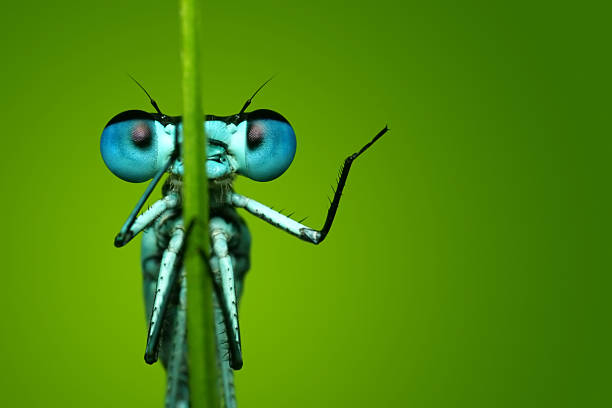
istockphoto https://www.youtube.com/watch?v=Nya7cp_KW8I -
The praying mantis, sometimes known as a praying mantid, is a big flesh-eating bug found in warm climates across the world. Many decades ago, mantis species from Europe and China were brought to the northeastern United States for use as pest exterminators on farms and in gardens. These carnivorous insects, often known as "vicious predators", are among the rare insects that can swivel their heads to gaze over their shoulders, making them excellent hunters. When looking for food, they adopt a deceptively modest stance, as though their front legs are bowed in prayer. Mantises use their raptorial front legs, which extend out from their body, to capture their victims.
Mantises nearly always begin eating their capture while it is still alive, and they frequently begin chewing their victim's neck to finish the battle swiftly. Praying mantises consume a wide range of insects, including other mantises, beetles, butterflies, crickets, grasshoppers, and spiders. Small tree frogs, lizards, mice, hummingbirds, and other nesting birds are also eaten. They are extremely beneficial to agricultural workers because they reduce the numbers of "bad bugs" that damage fields.
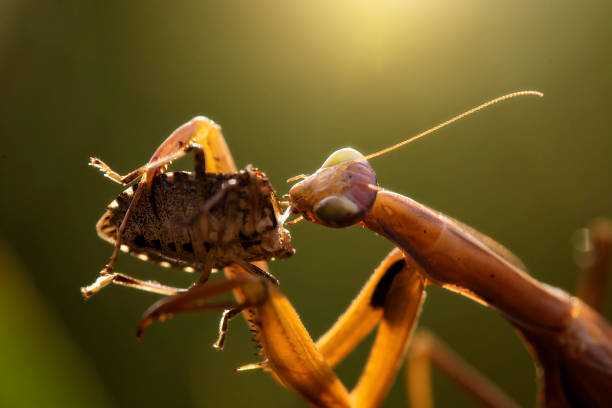
istockphoto 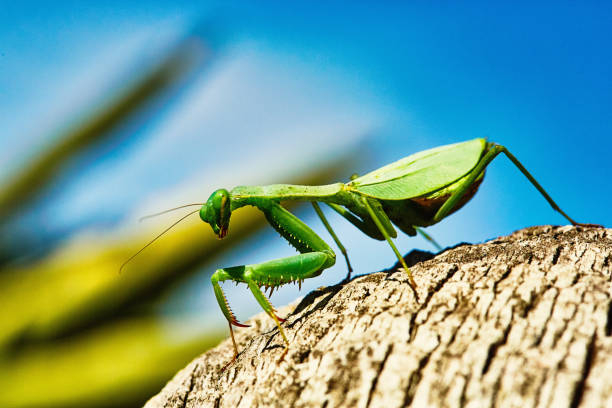
istockphoto -
Spiders and insects are both invertebrate creatures that belong to the Arthropoda phylum. As a result, spiders and insects have joined appendages. Spiders, on the other hand, are classified as Arachnida, whilst insects are classified as Insecta. As a result, spiders and insects have different physical features in their bodies.
The fundamental distinction between spiders and insects is that spiders have two body segments: cephalothorax and abdomen, whereas insects have three body segments: head, thorax, and abdomen. Spiders have eight legs that are attached to the cephalothorax. They do not have wings. Insects have six legs that are joined to the thorax. Their wings are linked to the thorax as well.
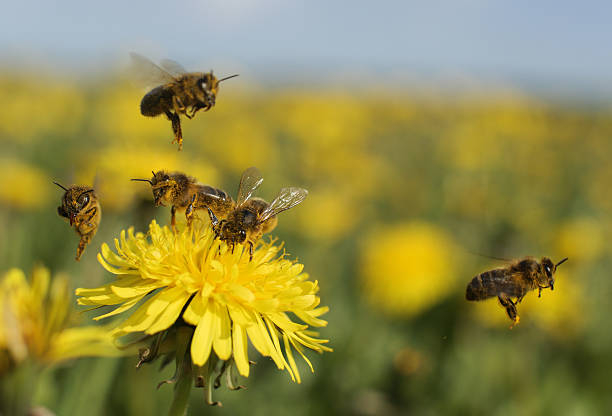
istockphoto https://www.youtube.com/watch?v=DCHeUmRdS_o -
Leeches and blow fly maggots are both utilized in medicine on occasion. The Food and Drug Administration of the United States considers both bugs to be "approved medical devices", making them the first living creatures to be so labeled. Blow fly maggots devour dead tissue, which aids in the killing of pathogens, the cleaning of open wounds, and the stimulation of healing. Leeches extract excess blood from the body, and their saliva includes a potent blood thinner. Every week, thousands of laboratory-grown maggots are transported to hospitals across the United States.
Insects also provide a diverse range of chemicals with antibacterial and anti-tumor properties, as well as insecticides. They also provide a low-cost high-breeding model organism for evaluating and testing novel chemicals, whether synthetic or natural in nature. Because of their negatively charged cell membranes and ability to induce apoptosis and necrosis, compounds known as defensins, which are not harmful to healthy mammalian cells, may be beneficial in malignancies. Non-peptide chemicals such as cantharidin have the potential to have numerous anti-tumor actions.
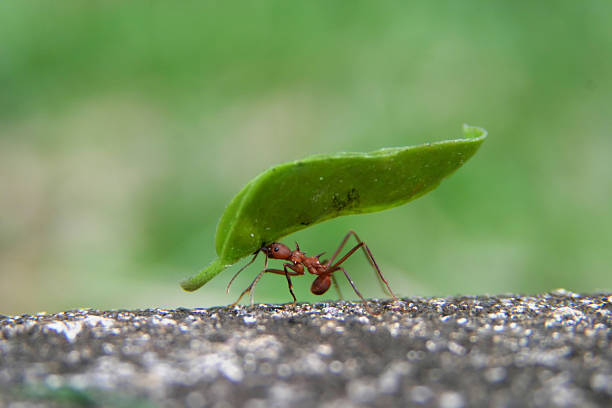
istockphoto https://www.youtube.com/watch?v=4U2uIW6lLyM -
Insects can detect frigid temperatures. Insects, like us, can detect high temperatures. It is vital to remember that freezing temperatures do not cause discomfort in insects but might cause them to fall dormant or die. The ideal temperature for an insect's survival ranges from 25°C to 32°C (77°F to 89.6°F). At this rate, all biological processes may be performed normally. To maintain homeostasis, the insect must perform all important biological activities.
The rate at which the species reproduces is negatively influenced by any temperature over 35°C (95°F), which is deemed unsatisfactory. As temperatures approach 42°C (107.6°F), mobile insects will seek relief from the heat. As the seasons change, the number of insects that inhabit your house usually decreases noticeably. Temperature changes are a matter of life and death for most insects. While some insects just perish, others can adapt to their surroundings in order to survive.
It is crucial to note that by the time the cold weather arrives, many bug species will have finished the majority of their life cycle. Most insects rely on their survival to reproduce and regenerate their populations. If an insect reproduces effectively at some point throughout its existence, its function is regarded completed, and its goal in life is complete.
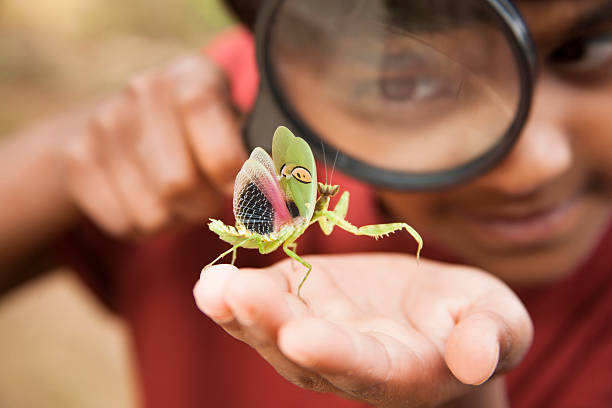
istockphoto 
istockphoto -
Some bugs, such as ants and termites, look for food in groups. Termites, for example, munch on the cellulose found in wood trees and wood-made furniture. Insects' diets can range from plant stuff to blood, animal matter, insects, or nectar. Ants eat a variety of foods. Inside people's homes, they devour dead insects, food spills, and sugary foods. It may search for honeydew excreted by aphids in plants. Cockroaches, like ants, are not picky about what they eat. They consume fruits and vegetables, oil, cheese, meat, sweets, and starchy meals. They will also consume alcohol, dry skin, and leather.
Bed bugs and mosquitos both suck on blood to survive. Mosquitoes eat themselves till they are satisfied. Bed bugs feed every 3-7 days, sucking 0.005 milliliters of blood with each bite. Ticks feed on blood yet bite when given the chance. As a result, they are opportunistic feeders. Ticks stay adhered to the host's skin. Adult ticks consume 0.2-1 ml of blood.
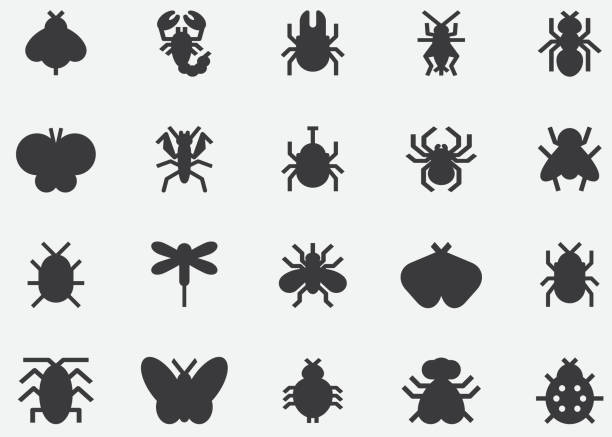
istockphoto https://www.youtube.com/watch?v=oYkUmCGNBCU -
You've probably observed that as you're getting set to curl up on your porch with a nice book, a swarm of insects begins to flutter above you, around the light bulbs or porch light! There is a reason why certain insects are drawn to different light sources while others are not. Because insects attracted to light, such as moths, stink bugs, flies, mosquitoes, and beetles, are positively phototactic. Positive phototaxis is seen in these insects. On the other hand, some bugs and insects, such as cockroaches and bed bugs, avoid light sources and hence have negative phototaxis and are negatively phototactic.
Because they prefer the dark to the light, if you turn on the light in your kitchen and there are a few cockroaches crawling around, they will most likely scurry off into a dark corner. Scientists have proposed several hypotheses. One such argument is that they are driven to light because insects utilize moonlight as a navigational tool to avoid predators and other potential risks. The insect either stays straight or travels at an angle relative to the light source. This angle remains constant since the moon is so far away, but it does not apply to smaller light sources such as lightbulbs, porch lights, street lamps, and so on.
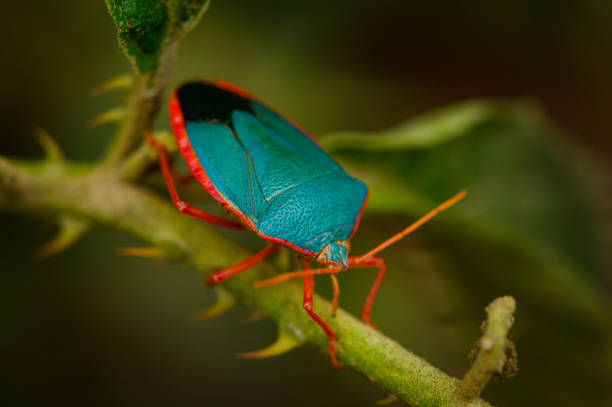
istockphoto https://www.youtube.com/watch?v=Pl0icc3XiVI -
Migration is a natural process that occurs in many different animal groupings. Insects, for example, move to avoid the chilly temperatures during the winter. Some animals travel vast distances in search of food or refuge. During the winter, different varieties of bugs will move to different locations. Some will migrate to warmer climates, while others will hibernate. The monarch butterfly is a well-known example of a winter-migrating insect. They fly to Mexico every year to escape the chilly weather.
In the winter, insects go into "diapause" or hibernation to preserve energy. This implies they will enter a dormant condition and will not feed or grow. Many insects die throughout the winter, but some survive and reappear in the spring. Some insects go into hibernation in cooler regions. They manufacture antifreeze proteins during this period to defend themselves from the destructive effects of ice crystals. Insects that freeze and then thaw are known as diapausing insects. This implies they enter a condition of suspended animation in which their metabolic activities slow down or halt entirely. During the winter, many various sorts of bugs hibernate, including bees, butterflies, wasps, spiders, ticks, and ants.
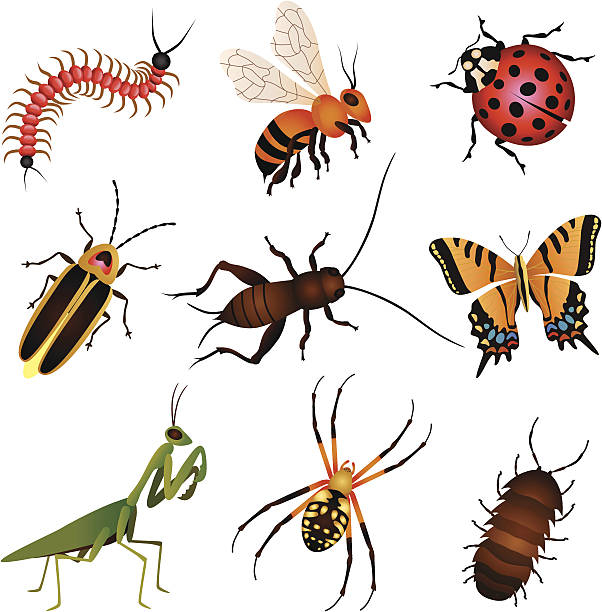
istockphoto https://www.youtube.com/watch?v=HMFrC0ZC5pc
















